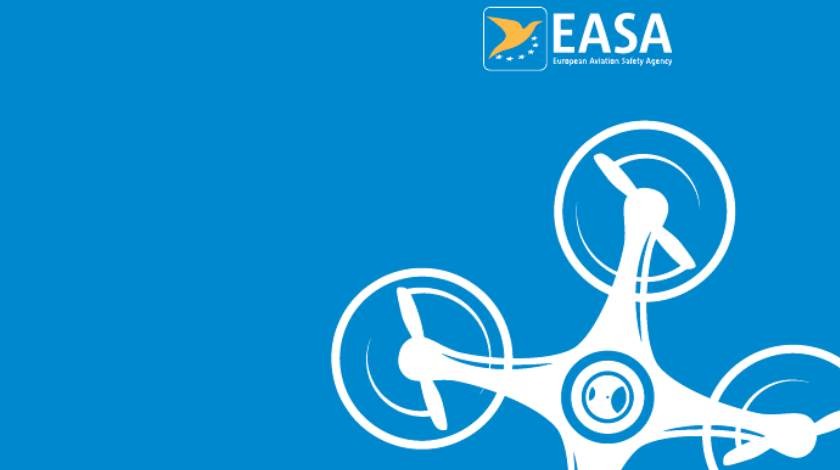The European Aviation Safety Agency (EASA) has published a proposal “Guidelines for the calculation of the critical area of Unmanned Aircraft” and a sample calculator sheet for this aim.
Specific Operations Risk Assessment (SORA) requires operators to assess the intrinsic ground risk class (iGRC) of their operations based on the characteristic dimension, typical kinetic energy expected, and the population density of the ground risk footprint. One of the factors contributing to the computation of the iGRC is the Critical Area of the UA. This value is calculated based on the characteristics of the UA together with additional parameters that affect the impact on the ground (impact angle, velocity, etc.).
As SORA is developed to cover a broad range of use cases, the Critical Area calculation is modeled around the descent and crash model of a fixed-wing UA, as the critical area resulting from this kind of crash is bigger, and therefore more conservative, compared to other crash scenarios. This model will be referred to in this document as the “JARUS Model”.
These guidelines introduce a model to calculate the critical area resulting from a crash with a high impact angle (above 60 deg.) between the horizon and the trajectory of an UA in a ballistic descent. This scenario is typical of rotorcrafts and multirotor UA. This model will be referred to in this document as the “High impact angle model”.
Deadline for comments 20 Nov 2023
Access the proposal here
For more information visit:




